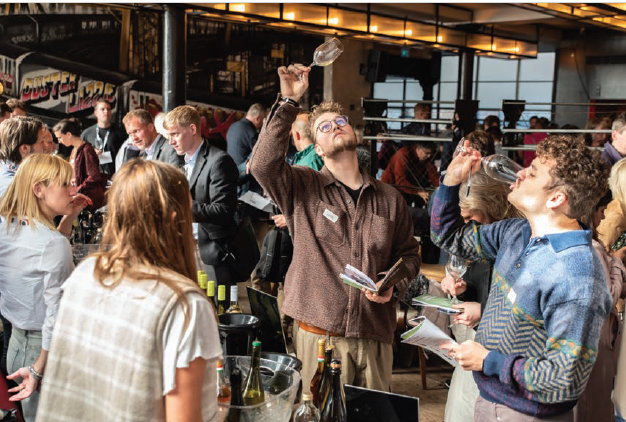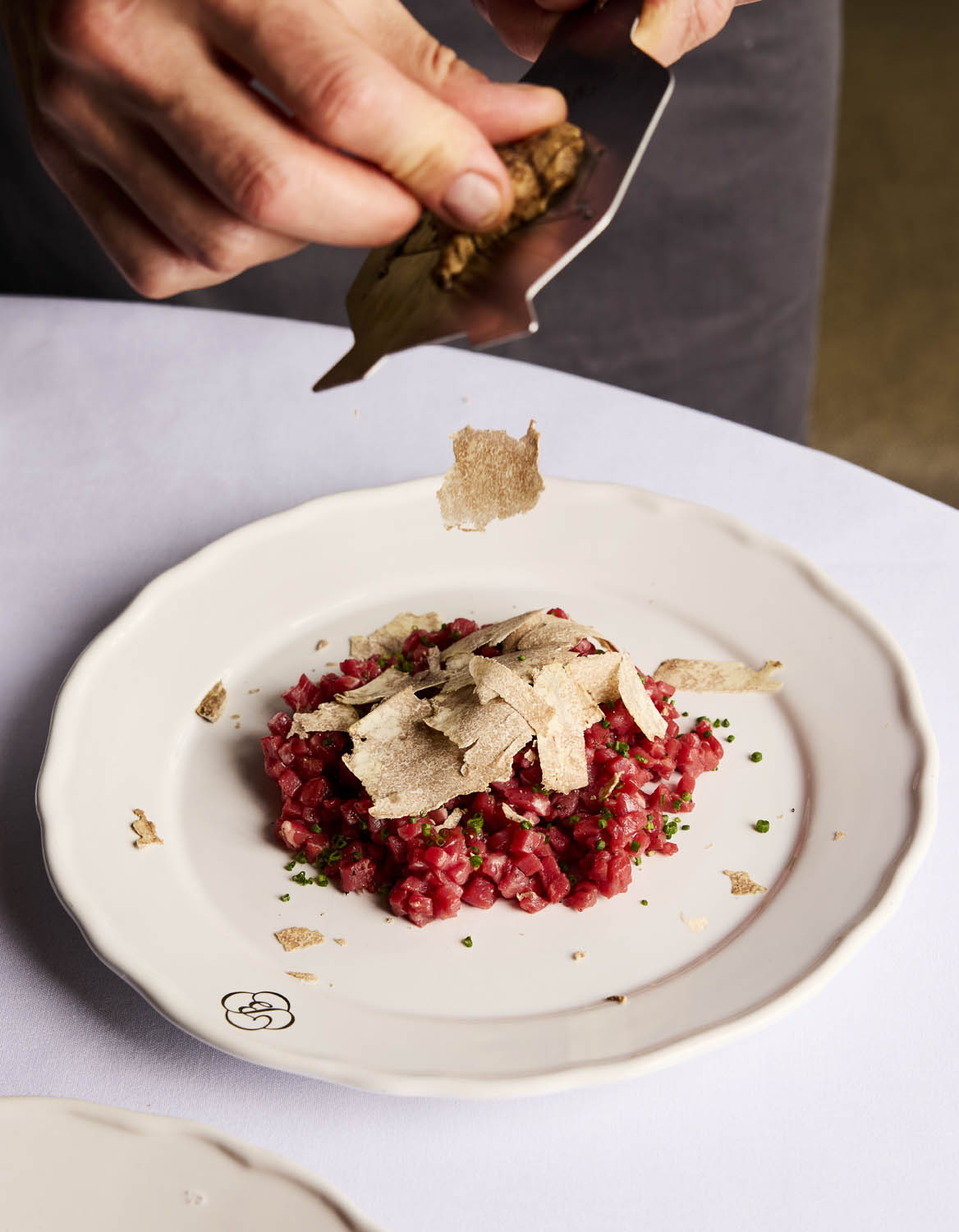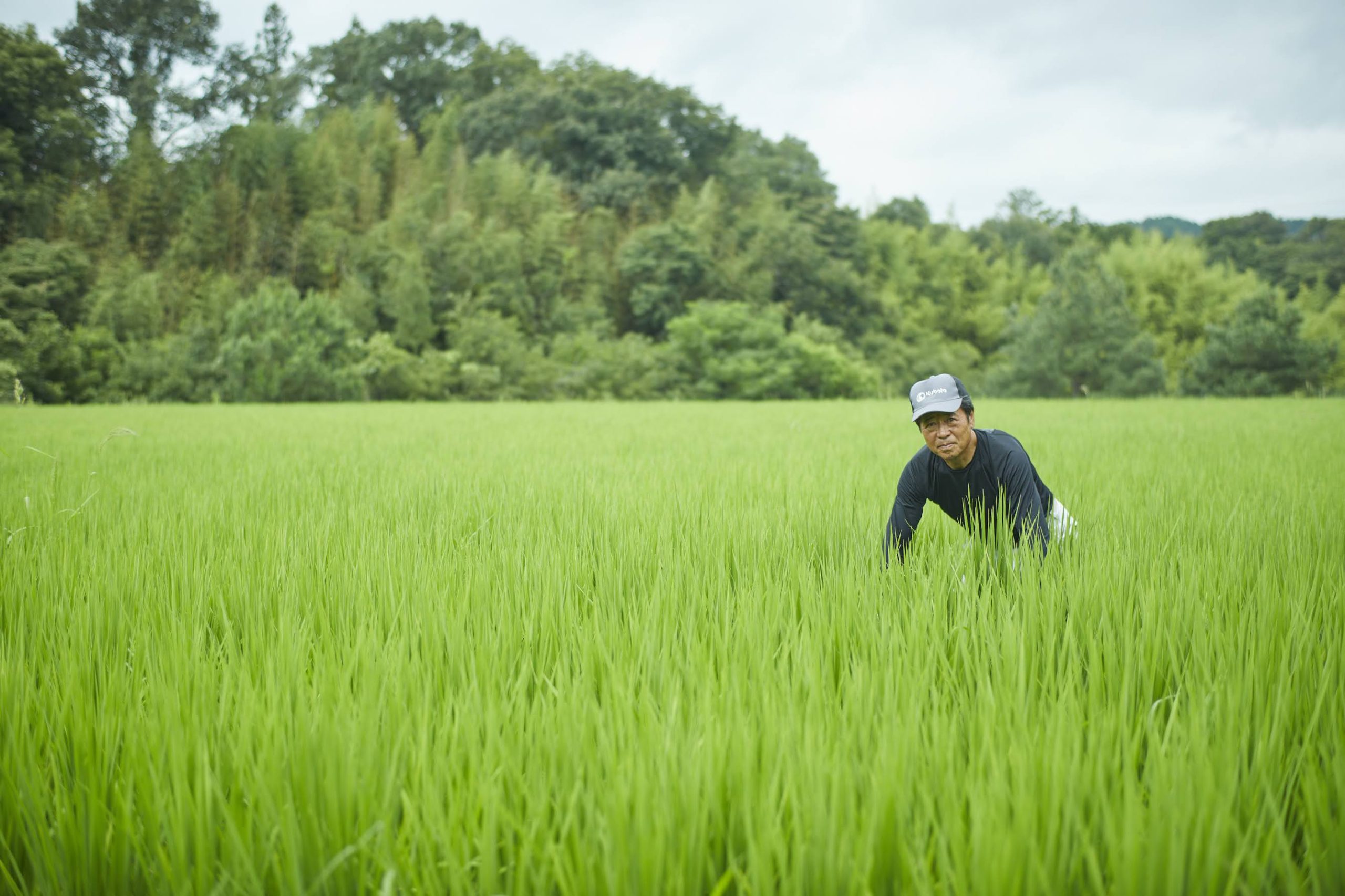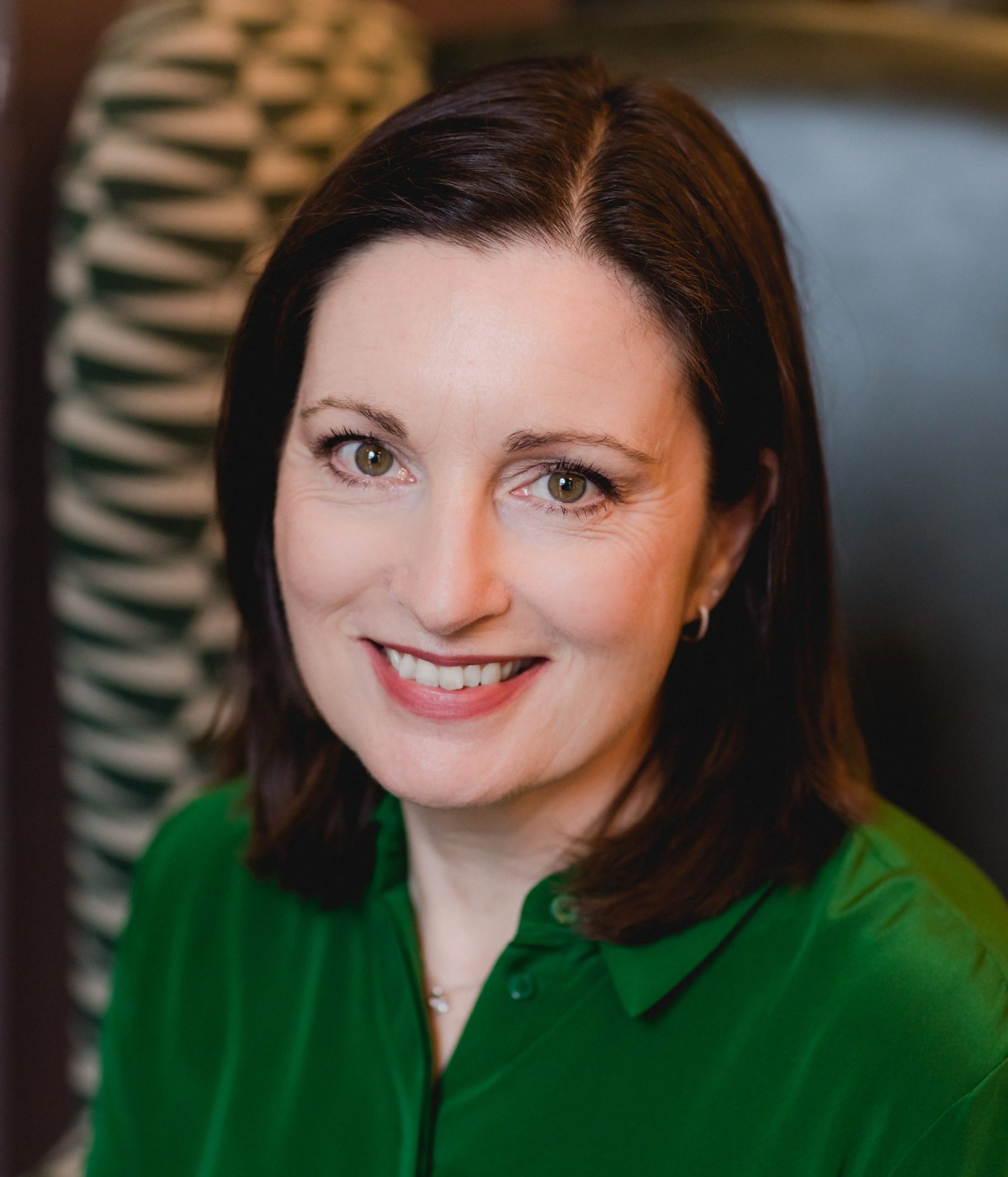FOSS: an uncompromising approach to analytical solutions for winemakers
Danish wine analytics company FOSS is laser focused on quality control and insights, a key reason why it is proud to sponsor db’s The Master Winemaker 100 report.
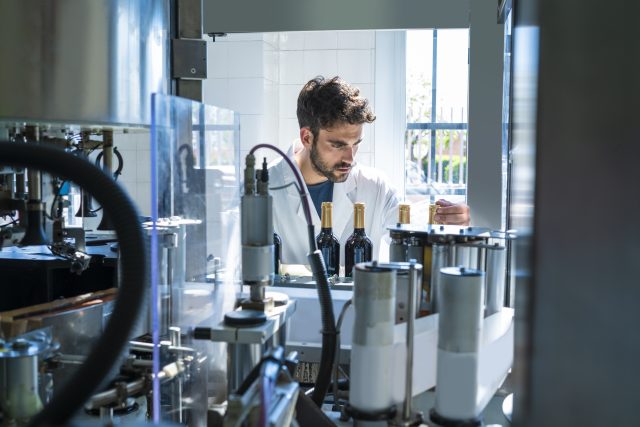
The 100 winemakers chosen to represent the best of the best come from all winegrowing regions in the world, working with different climates, different terroirs and different grape varieties, but one thing unites them – that quality is king.
The ability to control the quality of your wine, and maintain a consistent product, is one that cannot be overstated. It is for this reason that Danish wine analytical company FOSS chose to partner with the drinks business for the 2023 edition of The Master Winemaker 100, a celebration of the craftsmanship, skill and dedication of winemakers at the top of their industry.
“Part of our vision is to ‘secure predictable quality and insight’,” FOSS’s head of business unit, wine & beer Christina Lindstorff explains. “Therefore the aspirations of the MWM100 fit well with our uncompromising approach to analytical solutions for winemakers in terms of our goals for usability, reliability and high performance over a long instrument lifetime.”
The idea of providing valuable insights, quickly and reliably, offers something for all winemakers, large and small, and from DOCG to bag-in-box, she points out. “It is all about giving winemakers the insights they need to get the best from the harvest, from deciding when to pick all the way to deciding when to bottle.”
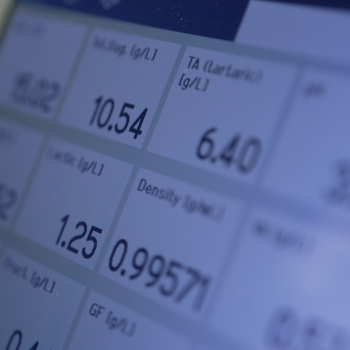
Previously, winemakers would decide when to harvest based purely on the sugar content and the healthiness of the grape, but analysis gives producers a host of new parameters, such as nitrogen levels, pH levels, total acidity and the malic acid in the grape, to guide them.
“Timely and reliable information that supports the traditional art of winemaking is increasingly important to maintaining and improving wine quality in an era of challenging growing conditions and evolving consumer tastes,” Lindstorff says.
Catena Zapata winemaker Ernesto Bajda, agrees that insight that enables the maintenance of quality control is “an essential pillar” and the more information a winemaker has throughout the winemaking process, the greater the chance there is to learn and react faster.
“At Catena Zapata, we focus on having traceability and quality control at a barrel scale,” he explains. “The best expression of the terroir can only be achieved by closely monitoring the winemaking process.”
In the past, this knowledge was acquired by trial and error, and transferred from generation to generation, year by year, but with the advance of accessible tools and technology, it is now possible to have close monitoring in real time – something that cannot be underestimated.
“Quality is fundamental. It is our goal, what we have always worked for, and we will continue to work for,” explains Gabriele Pazzaglia, winemaker at Banfi, where the team have used FOSS’s WineScan for 20 years, along with distillation, enzymatic analysis and high-performance liquid chromatography to separate, identify, and quantify each component in the wine.
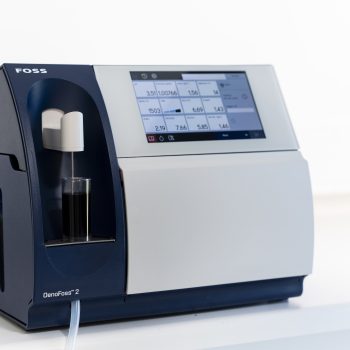 “Constant monitoring allows us to follow the vinifications correctly and always monitor the fermentation progress from an oenological and, above all, microbiological point of view,” agrees Bagnoli Matteo, who works along with Pazzaglia and fellow oenologist Marica Mencarelli in the renowned Italian producer’s winemaking team.
“Constant monitoring allows us to follow the vinifications correctly and always monitor the fermentation progress from an oenological and, above all, microbiological point of view,” agrees Bagnoli Matteo, who works along with Pazzaglia and fellow oenologist Marica Mencarelli in the renowned Italian producer’s winemaking team.
Partner Content
“For Banfi, a company that processes large quantities of grapes, analytical control is an indispensable tool for reducing the incidence of human error in a stressful period such as the harvest, thus increasing the quality of our wines,” he says. “It is essential to analyse the wines. Intuition and tasting cannot be a single monitoring element, but must always be supported by precise and in-depth analyses. For us, who do a long period of ageing in wood, for example, the role of oxygen in wines is becoming increasingly important, and we also need to keep the sulphur levels lower.”
As fellow Master Winemaker Gérard Bertrand explains, “the FOSS WineScan allows us to analyse our wines very precisely by monitoring several parameters – for example, TAV, CO2, SO2L et T, and pH, and allows us to have a rigorous control of our winemaking process.”
AT THE FOREFRONT
This reliability is something the team at FOSS are rightly proud of. The family-owned company has been at the forefront of food and agricultural analysis for over 60 years. It was founded by innovative Danish civil engineer Nils Foss in 1956 to offer automated and cost-efficient alternatives to time-consuming analyses in the food and agriculture industry. The first analysis instruments tested moisture in grain, but over time it expanded into other areas of the food, beverage and agri industries.
According to the company, FOSS was the absolute first mover with the first WineScan instrument introduced in 1999. This followed the discovery that the Fourier Transform Infrared (FTIR) technology it had applied with great success in the dairy industry was perfect for wine. “Over the years, our understanding of the demands of winemakers has grown and, in parallel, the technology has been developed to make it more reliable and accessible than ever,” the spokesman explains.
The company currently employs around 1,500 people, with sales offices in 28 countries, and turned over around €290 million in 2019. About 10% of turnover is reinvested in research and innovation, headed by the FOSS Innovation Centre at its headquartered in Hillerød, which was opened in 2014.
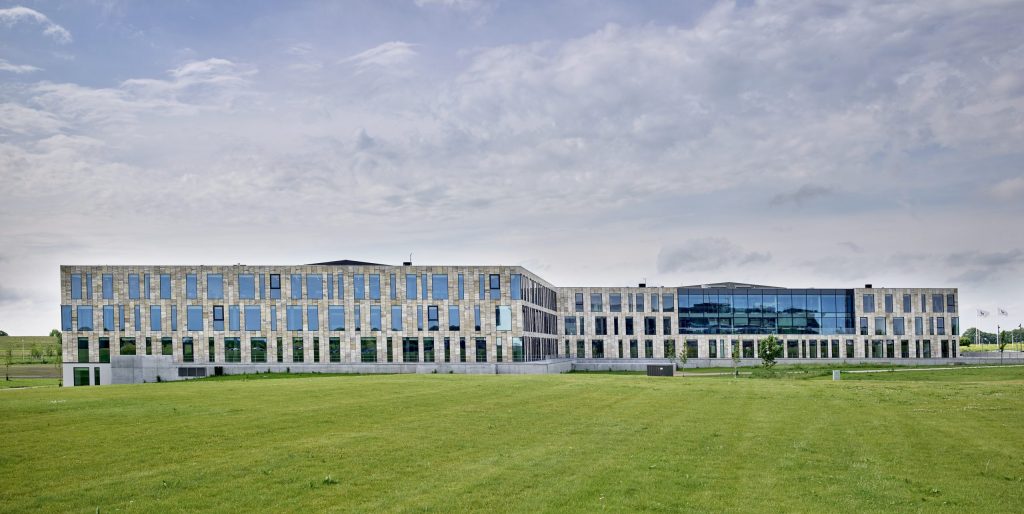
The range offers solutions for winemakers large and small, from the top-of-the-range FOSS solutions that offer the opportunity to go all-in with rapid testing, to the ‘out of the box’ OenoFoss™ Go, for smaller producers, which analyses eight key parameters. Its flagship WineScan SO2 solution can deliver results for well over 20 parameters and SO2 within a few minutes. “For winemakers at the top of their game, it can be compared to a whole lab in a box that virtually anyone can use,” Lindstorff says.
”At the end of the day, this means more time for winemaking and the creativity required to challenge limits on style and quality.”
The range also includes the compact OenoFoss™, which launched in 2008, and the second-generation model, OenoFoss2, which launched in November. This can be built to fit a customer’s exact needs, providing up to 34 different preset parameters, from ethanol, glucose and fructose to volatile acidity. It can also cope with the complexities of both sparkling and still wine without the need for degassing, Søren Thiis Heide, programme director of wine & beer in FOSS’s R&D department, points out.
Needless to say, the advantage of being able to control analysis in-house is a huge advantage in terms of speed, cost and also removing dependence on external laboratories. It means must and wines can be analysed quickly at any stage of the process, during initial or malolactic fermentation, or during blending trials. This ensures greater consistency across multiple vinifications and blends, as well as quicker decision-making and enabling correction at any stage of the process.
“It stands on the shoulders of all of the knowledge, experience and expertise that FOSS has built up since 1999,” Thiis Heide says. “Every single sample we’ve measured over the last 23 years has been input into this machine, which gives it a breadth of data that produces a highly accurate analysis.”
And it is this accuracy and attention to detail that allows the winemaker to concentrate on crafting some of the best quality wines in the world.
Related news
Mar de Frades champions Atlantic terroir in its Albariño

